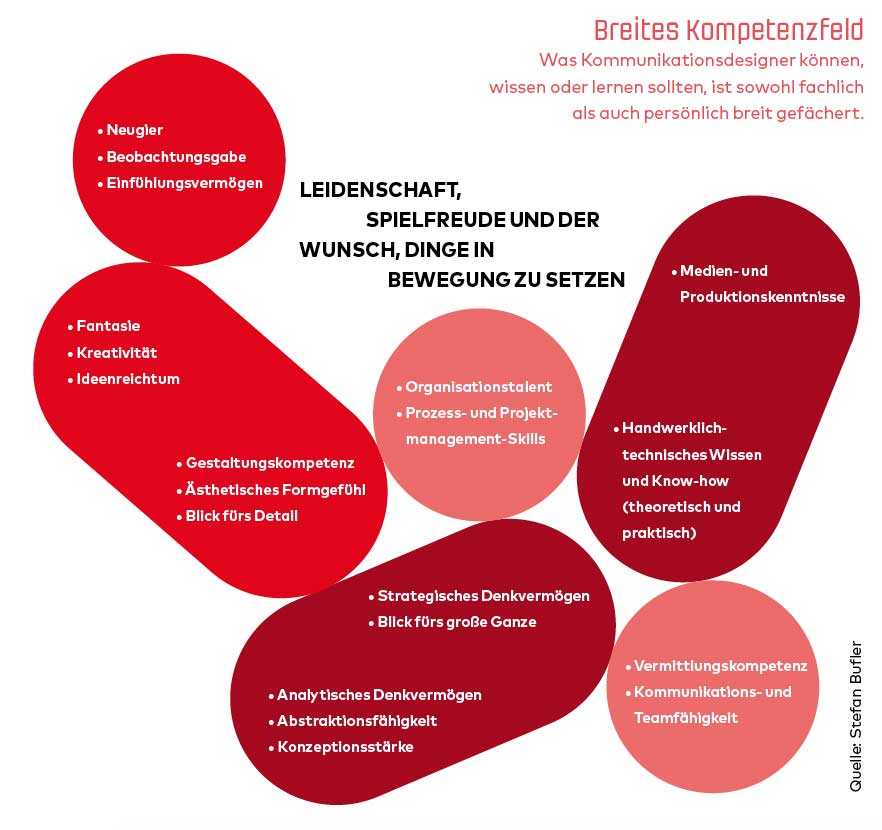Design as a discipline has an inherent dynamism that results from the constant development of the term and its different ways of looking at and interpreting it, which is why the nature of this discipline is also the subject of negotiation and dispute. At the core of design thus also lies a constant expansion and appropriation of new spaces for action, which can be observed constantly in the development of design since its beginnings in industrialization.
The development of new, social-entrepreneurial business fields and design perceptions are linked to terms such as Design Activism, Design as Politics, Transformation Design, Civic Design, Social or Transition Design, which means that design today stands in a context in which it is socially and politically engaged. It is endowed with the ability to contribute directly to changing social processes. So, design today is directly embedded in social and political changes, such as maker cultures, new economies and forms of production and use of technologies, shifting global power relations, crises, climate change, expanding war zones, civil society collectives and initiatives, etc., which means that design must also assume an interventionist role in shaping social reality.
Communication design and it’s essential role in our everyday life
For this time, I would like to take a closer look at the term communication design, because communication designers shape everyday culture.
The field of activity of the communication designer finds expression in the form of advertising posters, public signage, advertisements, television, newspapers, magazines, books, packaging, and much more. We even come across word or image marks in the label of our T-shirt, a glance at the dial of our wristwatch provides us with an example of information design, or we activate our smartphone to immerse ourselves in a digital media world designed by communication designers.
By creating communication media, communication designers also influence the shape of our everyday culture. The goal is to convey specific content and messages to a specific group of people through media. To do this, designers must know, develop and structure the content as well as know about the communication channels in order to present the information and messages in the right way for the respective target group to understand. Since there is an incredibly large amount of information that reaches us every day, communication design is seen as an umbrella term for diverse, specialized disciplines. These include, for example, editorial design, branding, corporate design, identity design, packaging design, information design, interaction design, motion design, UX design and so on. What connects all disciplines is the competence for the design of visual communication, both in 2D for print and screen and increasingly as moving image in combination with sound.
Communication designers are design professionals who use visual codes to formulate or compose messages in such a way that they inform, convince, seduce, entertain, enlighten, warn, identify, personalize, organize, structure, provide orientation or are simply beautiful.
The following graphic shows the broad field of competence of a communication designer:

The supreme discipline
Among the clients of communication designers are actors from business, science, culture, etc. Looking at the field of competence, the need for the expertise of this discipline can also be found in politics. According to Gerda Füricht-Fiegl, head of the master’s program in political communication at Danube University Krems, political communication can also be considered the supreme discipline. Although there are many similarities with PR, a large number of interactions are triggered in political communication, and many more influencing variables must also be taken into account. Under great time pressure, one must nevertheless proceed very thoughtfully and analytically. Strategic and analytical thinking skills, an eye for the big picture, the ability to abstract and conceptualize as well as creativity, media and production skills and design skills are just some of the prerequisites for successful communication design, especially in the field of politics.
If we look at the past, design has already played an essential role in major, social change processes, such as in the modernist art movement of the Bauhaus. A particularly vivid example, however, can be found in the construction of national identities under National Socialism through the effective use of design strategies, whereby here we mostly speak of propaganda under National Socialism. These national identities were created through the targeted influencing of opinion. In which forms propaganda occurs and what exactly counts as propaganda will be discussed in the next blog entry.
The power of design
To conclude this blog entry, I would like to recommend the following Ted Talk, in which JD Hooge reflects the power of design in a very vivid way. In my opinion, exactly this power affects all areas of social, societal and political life.